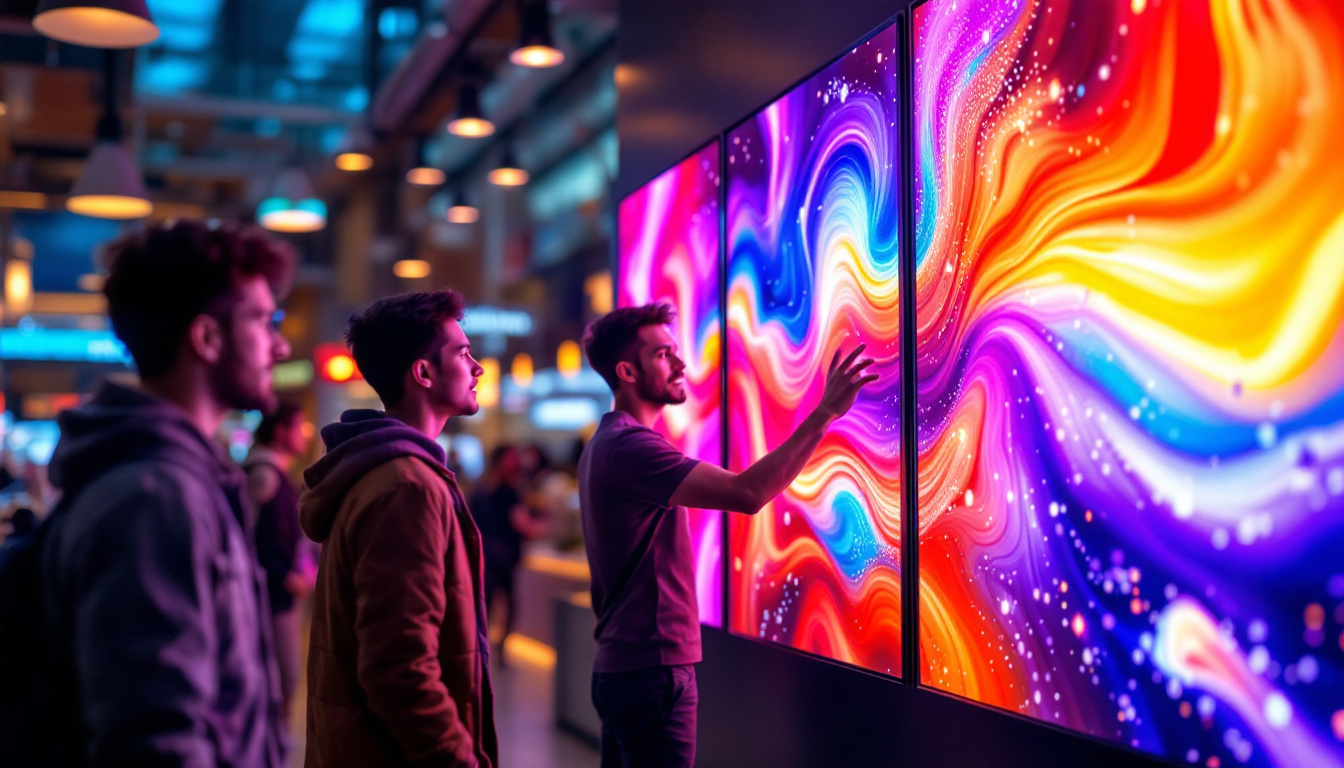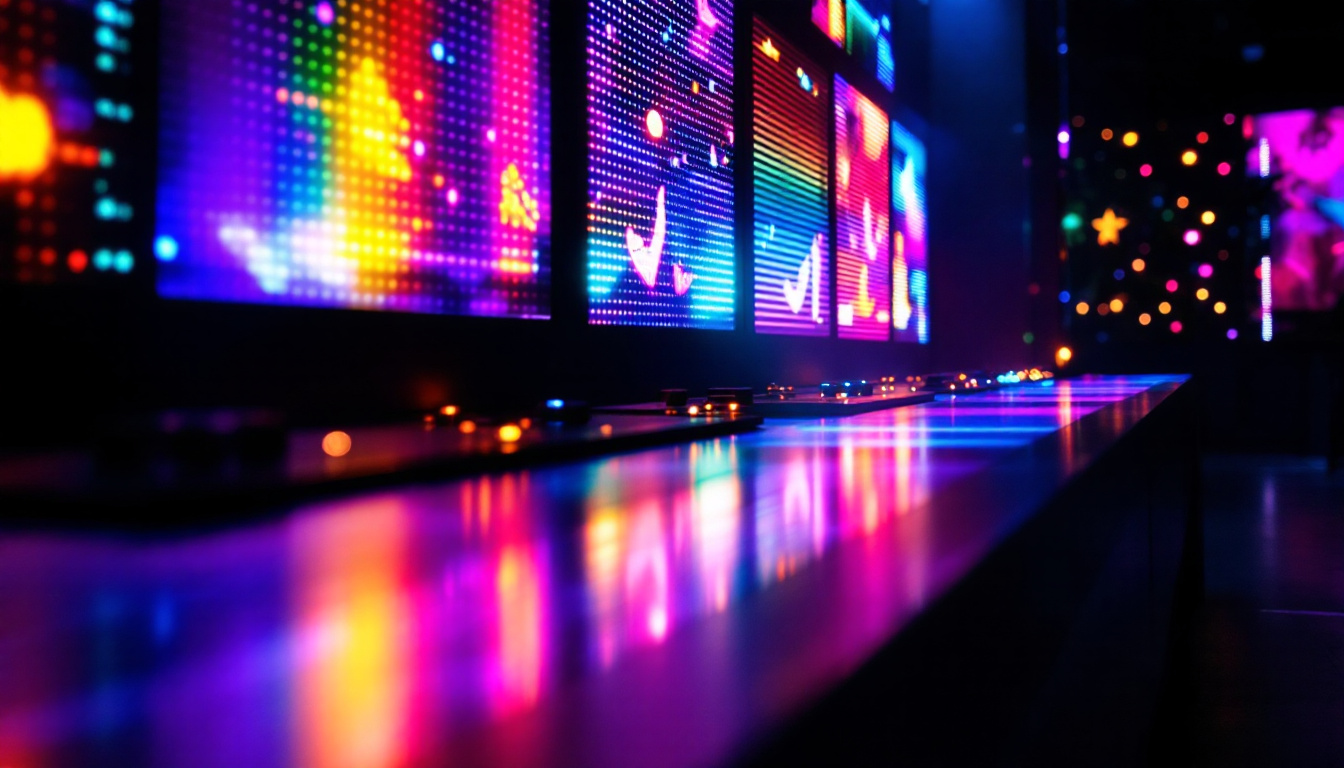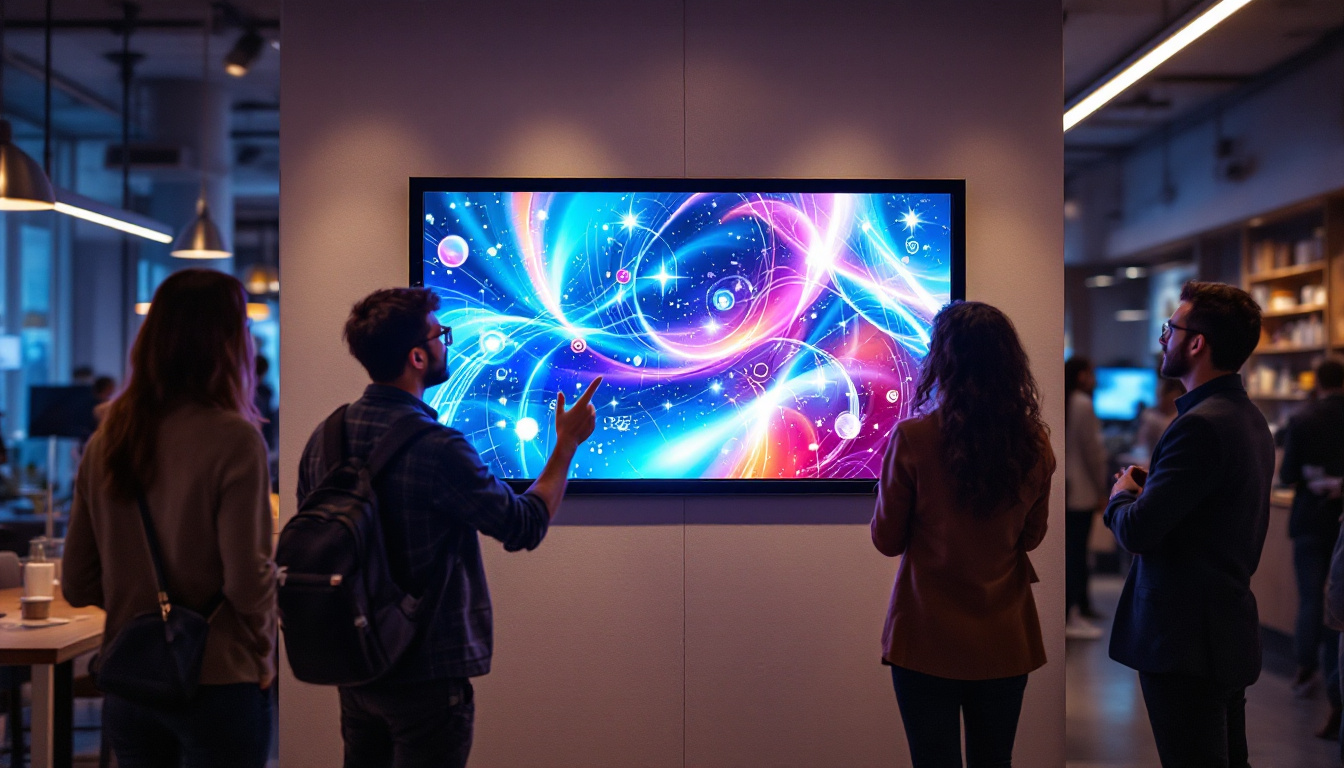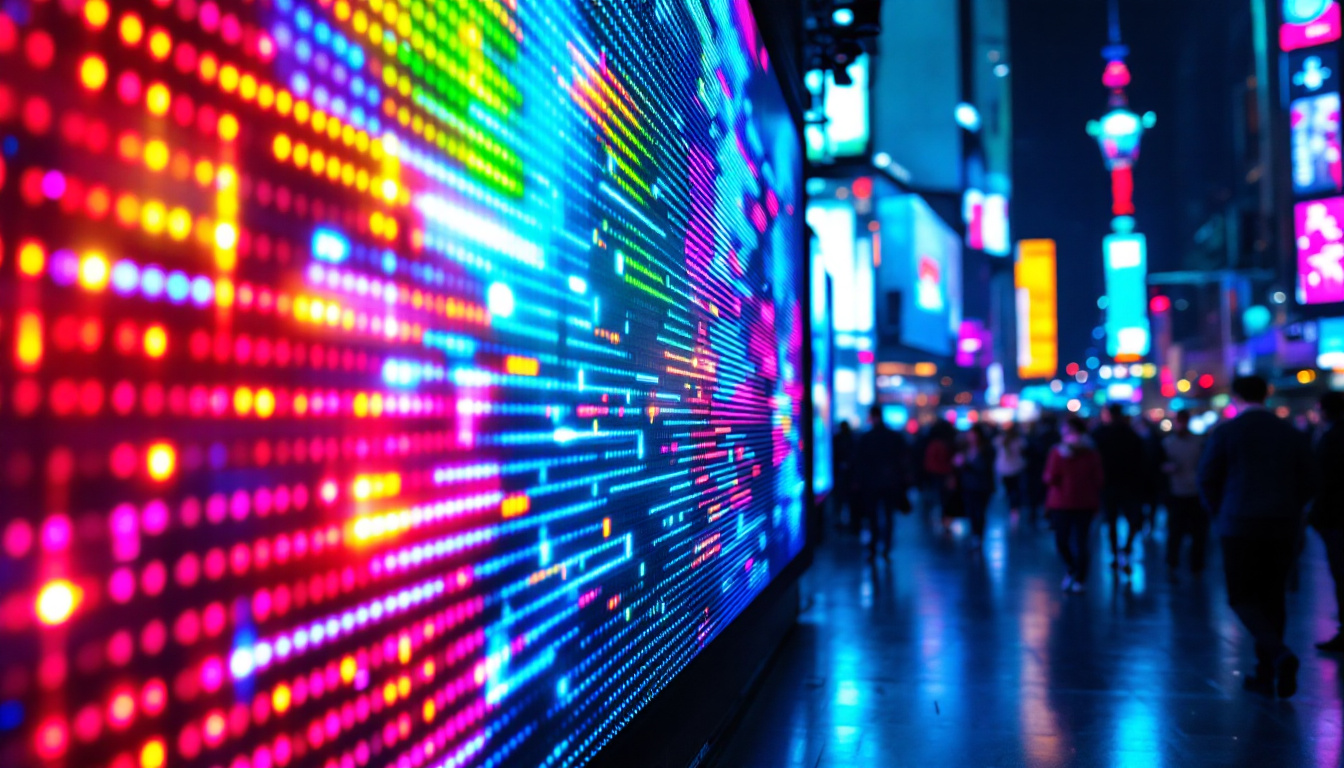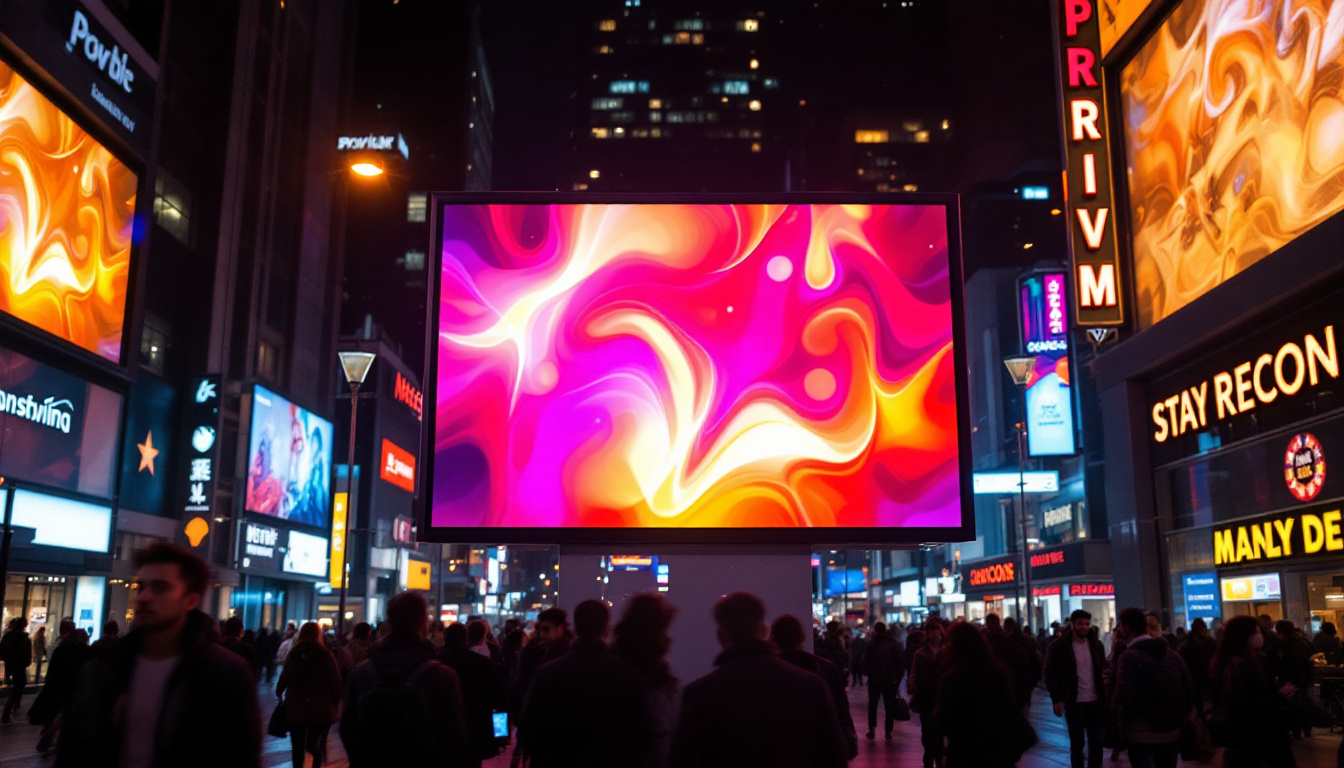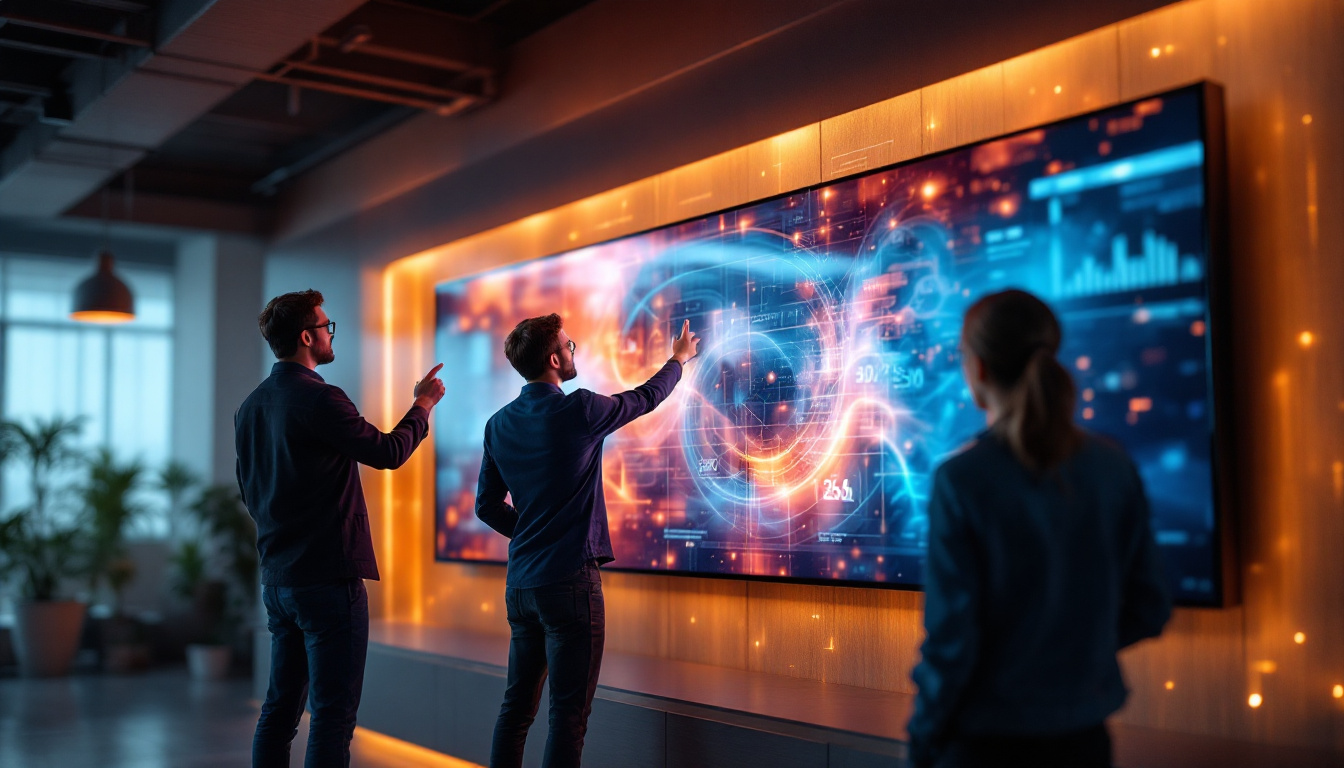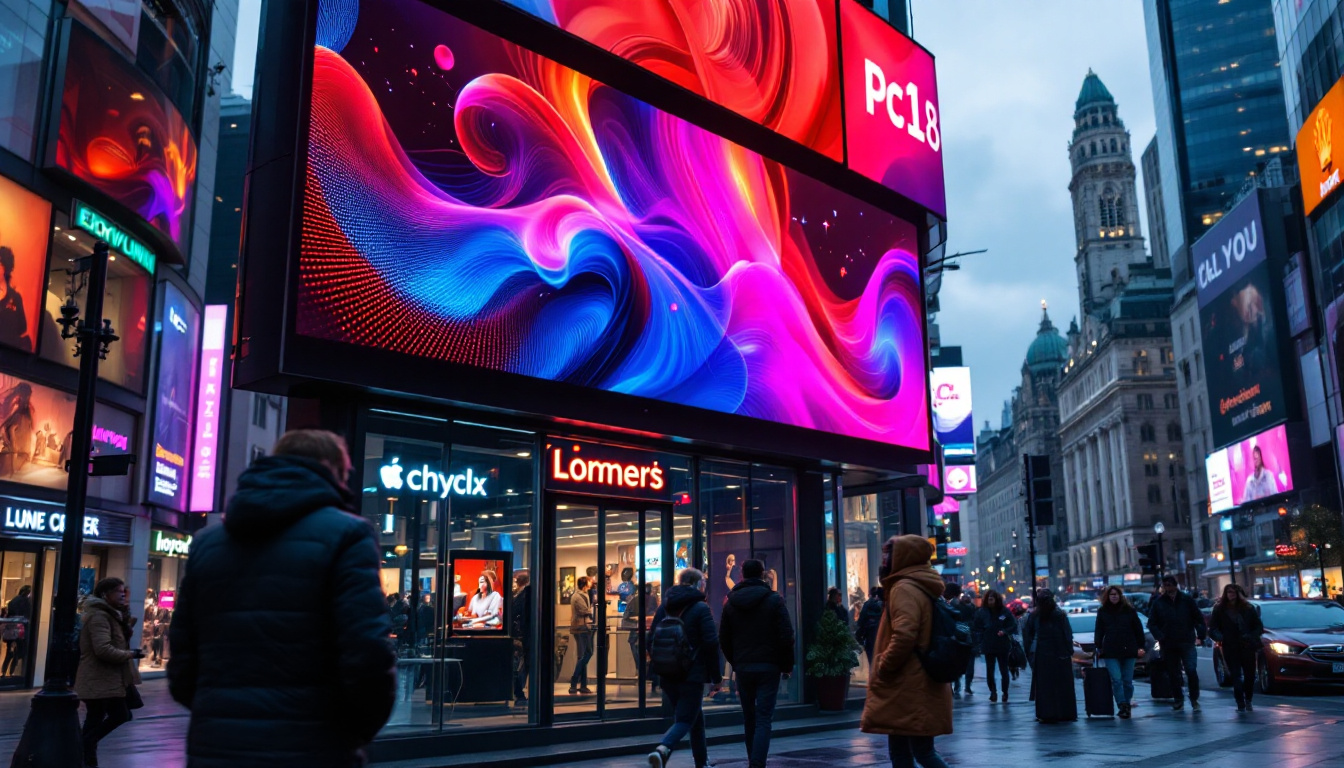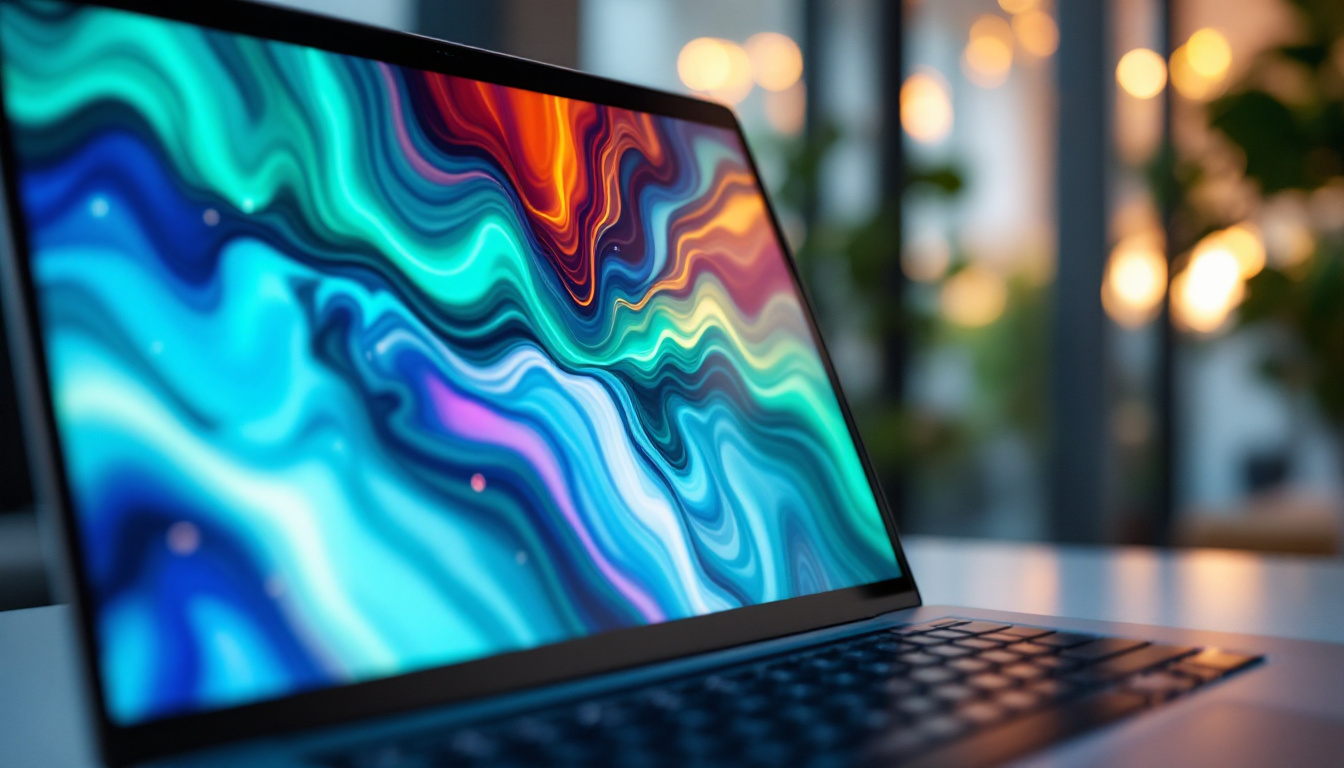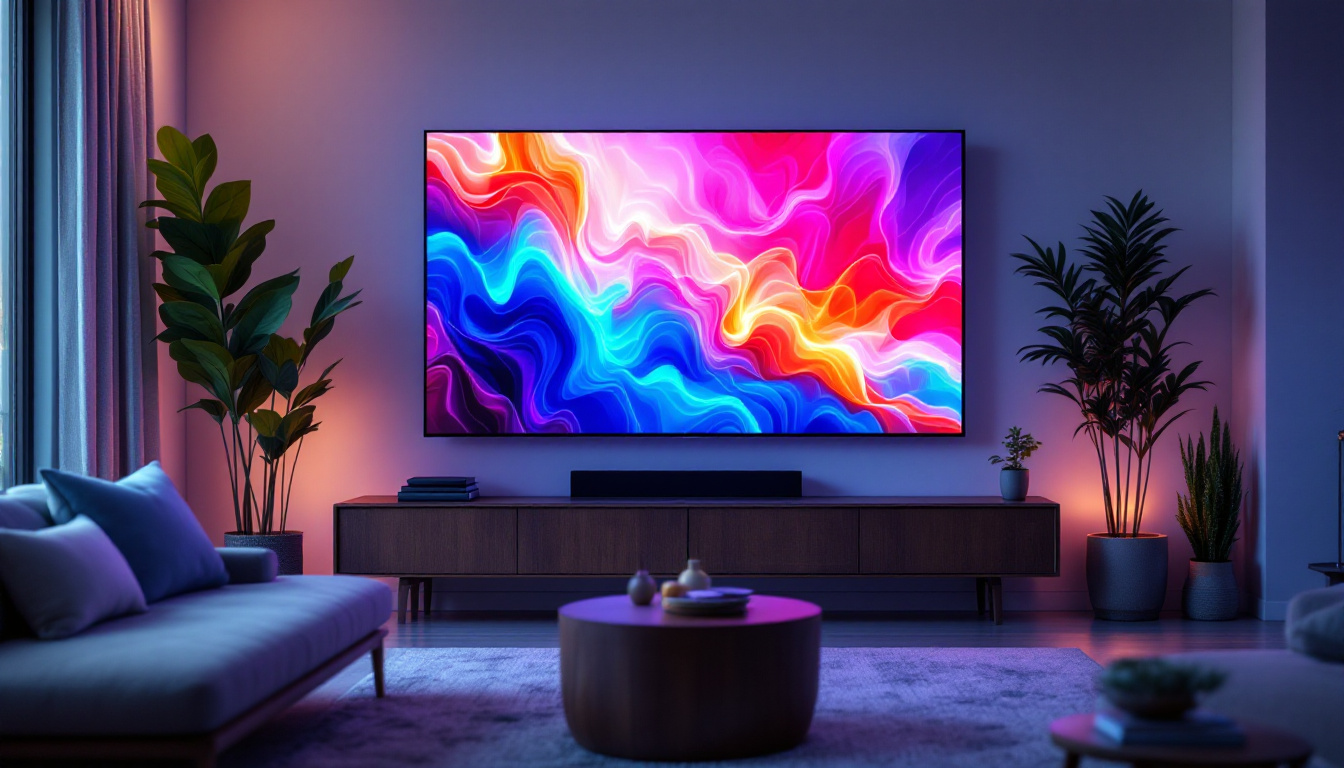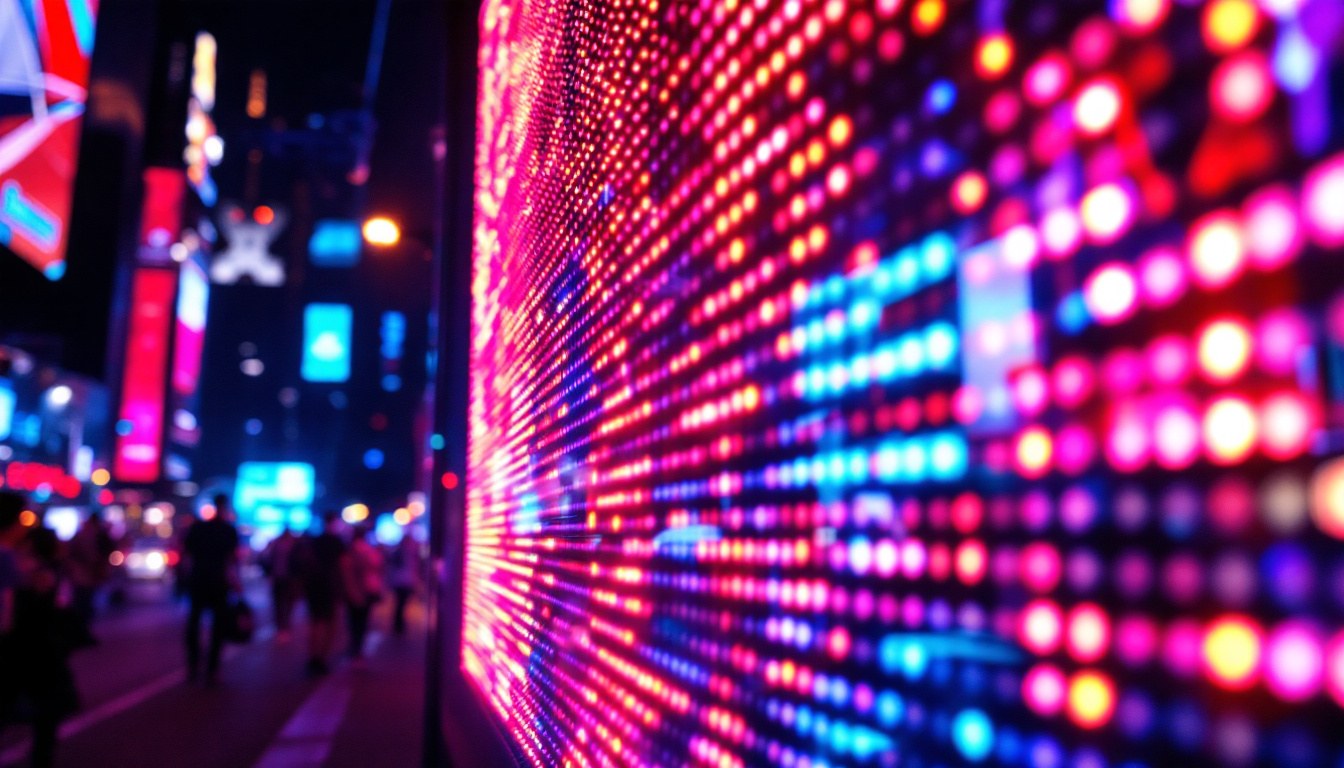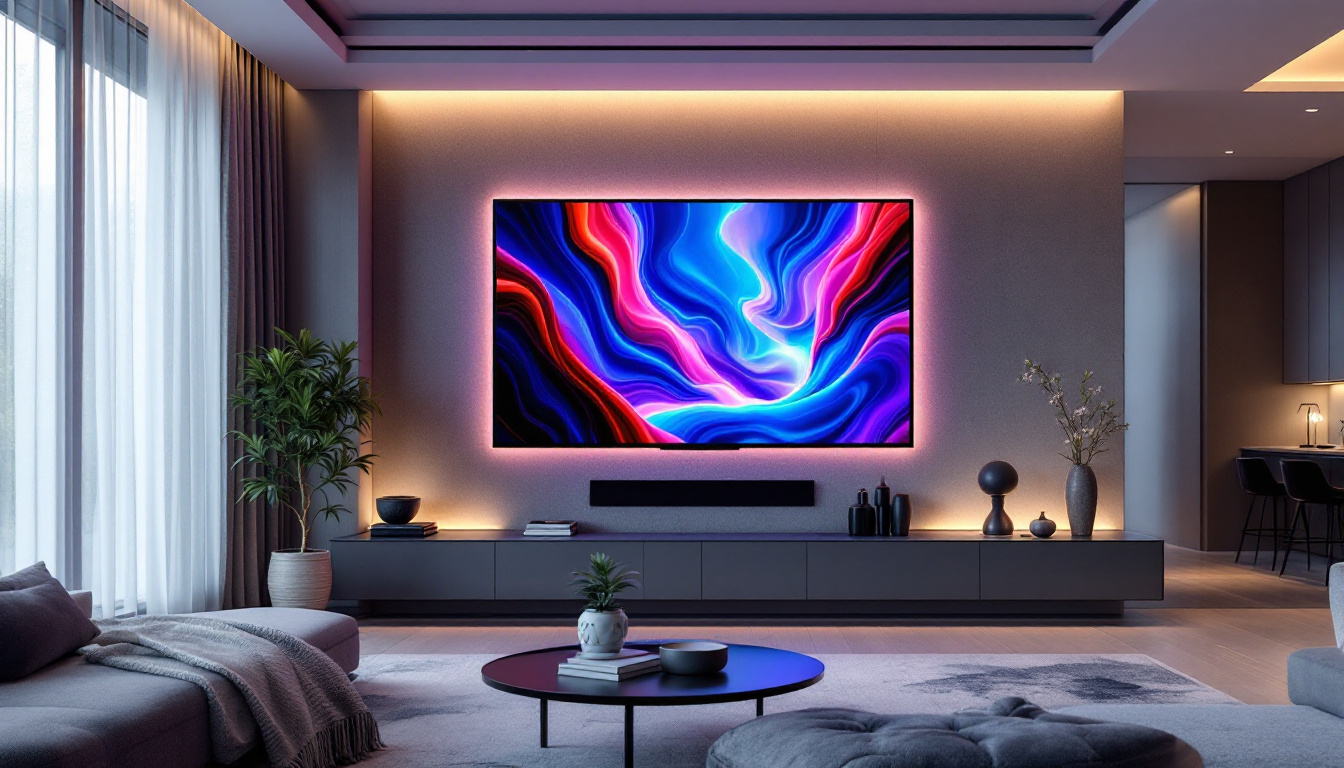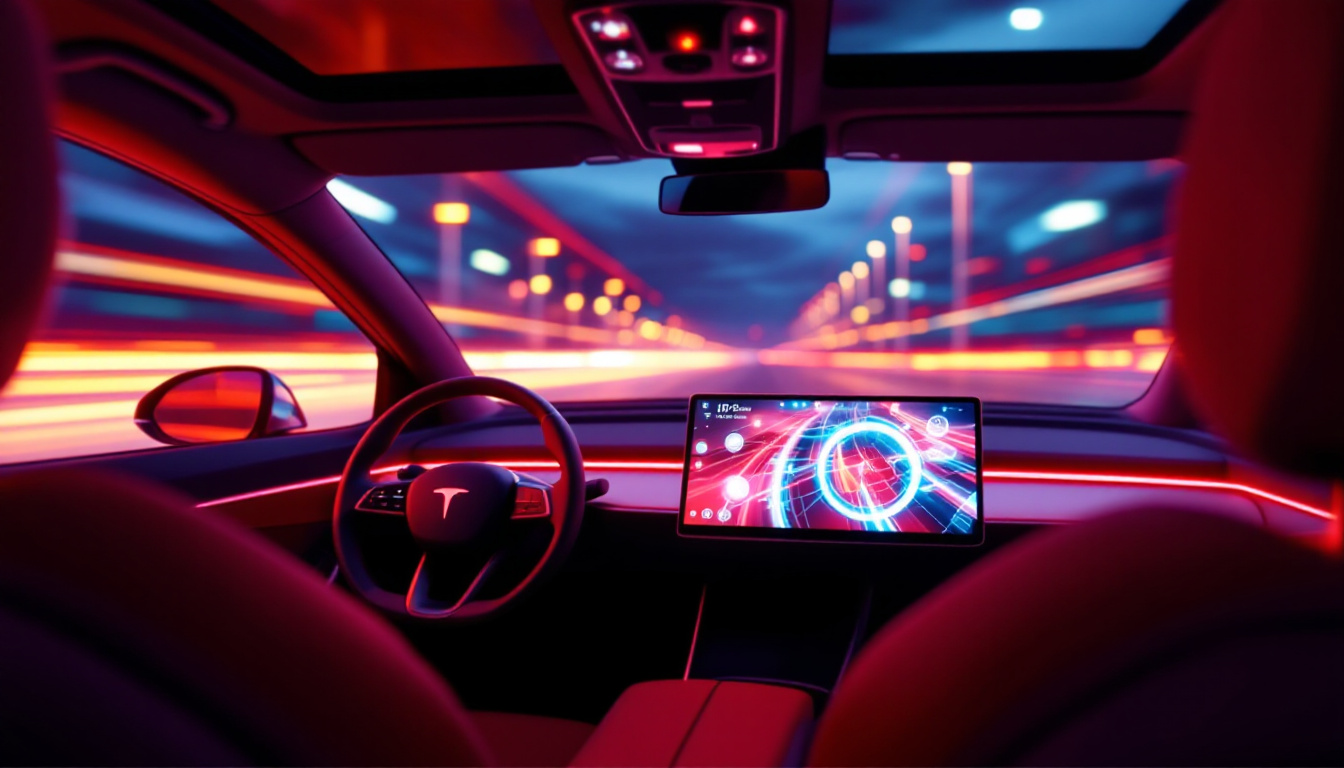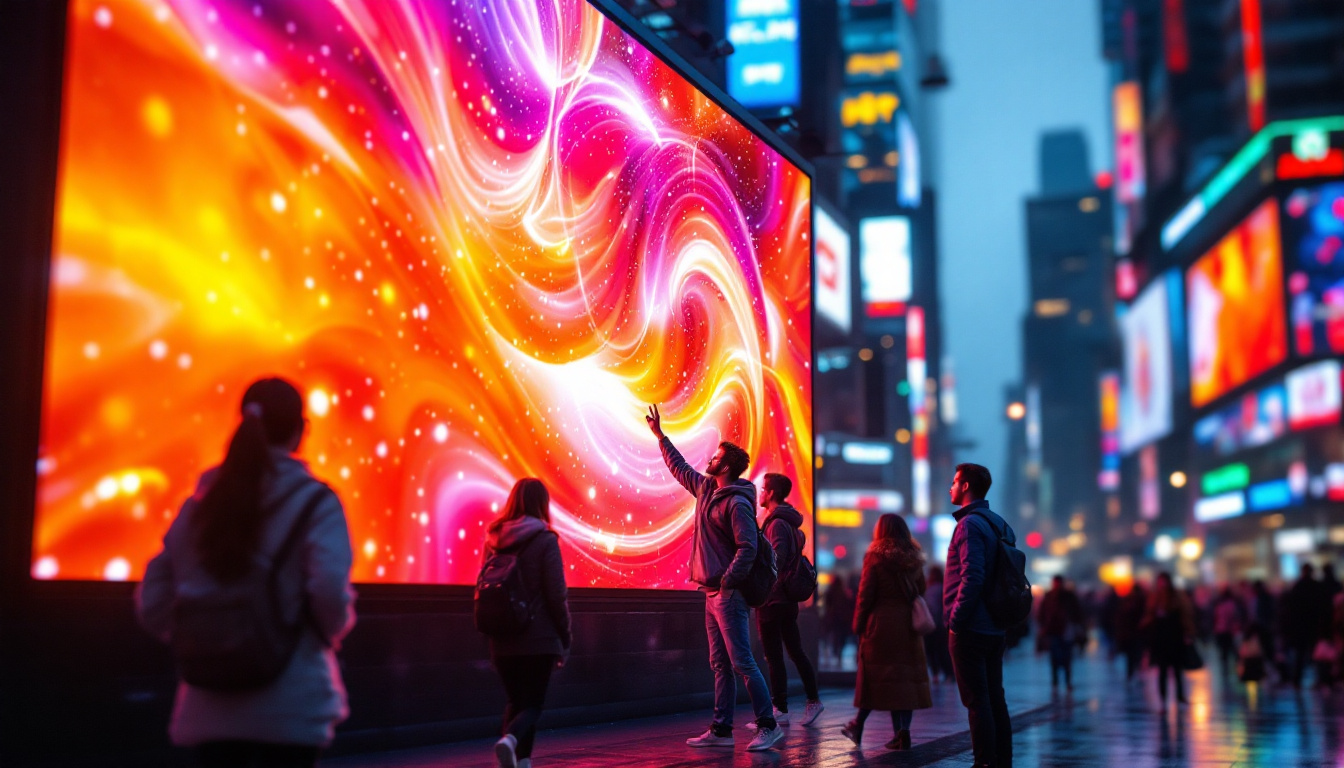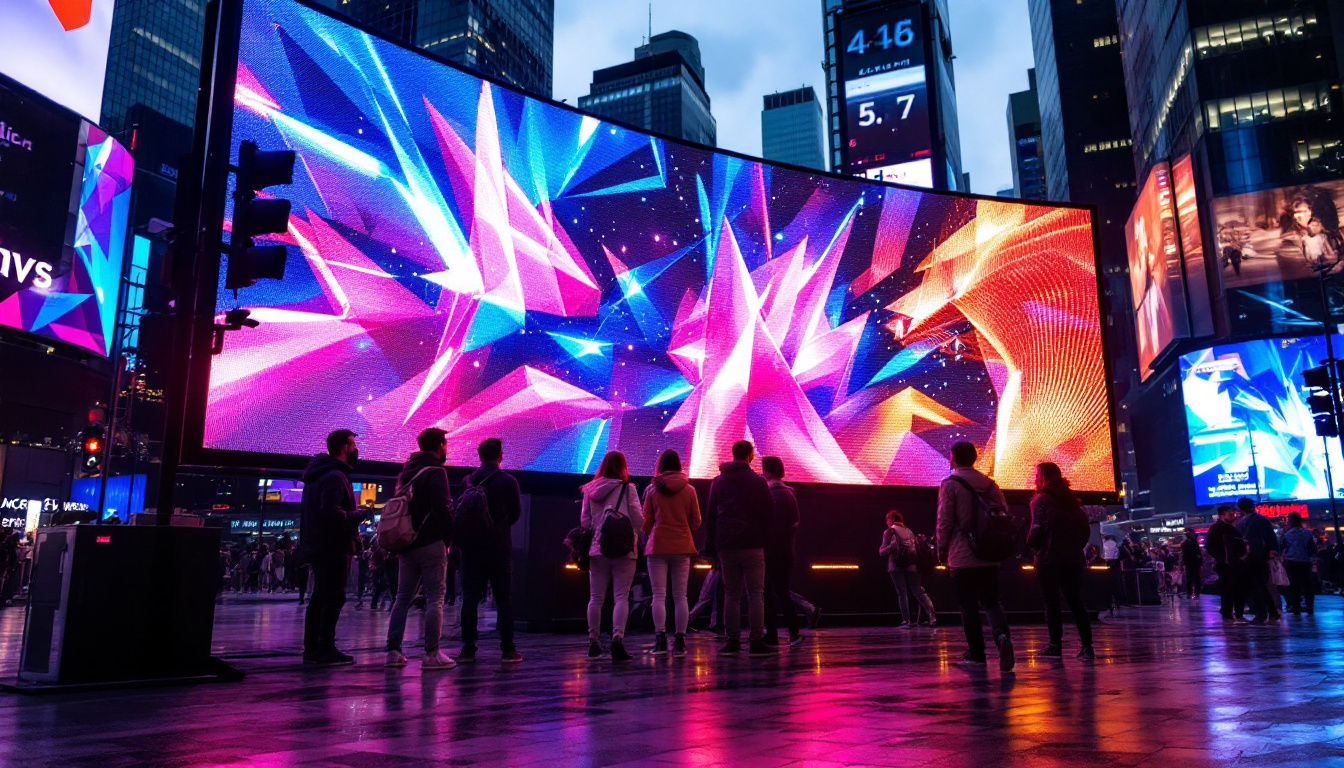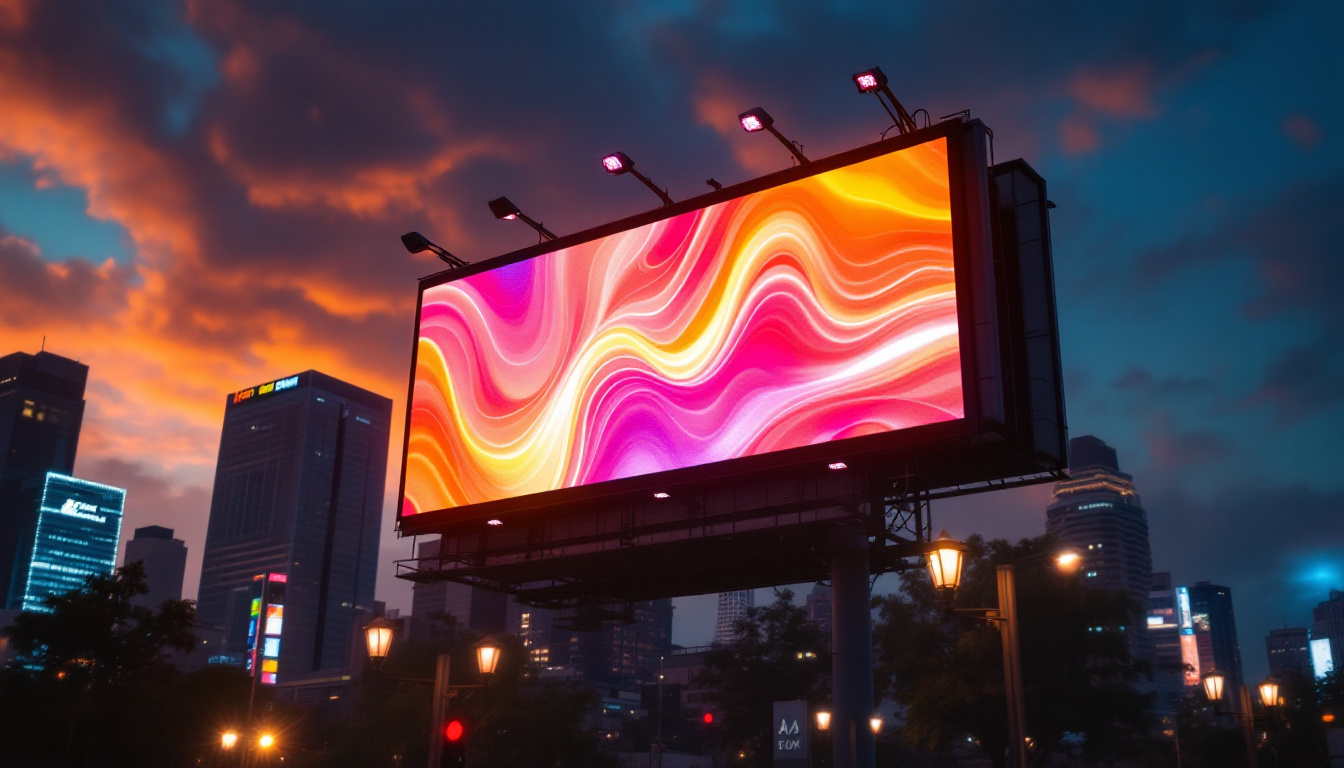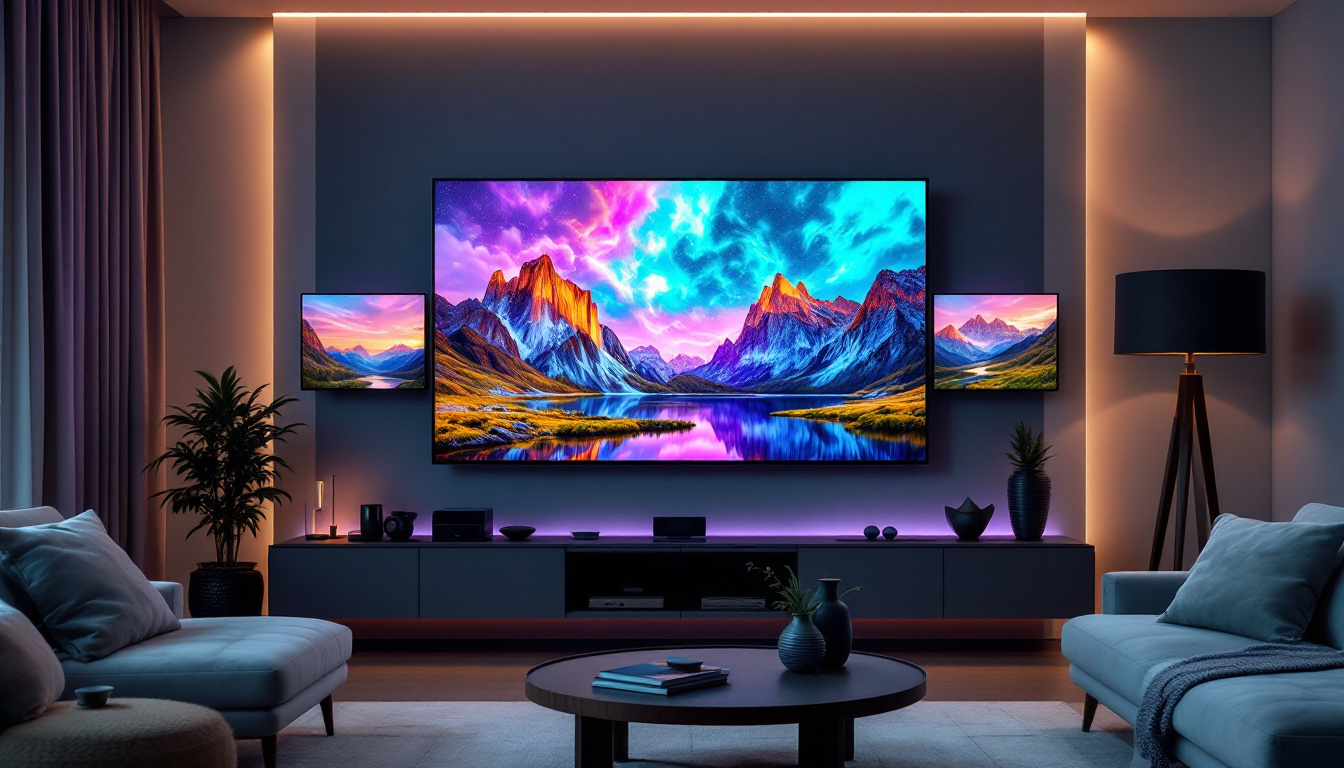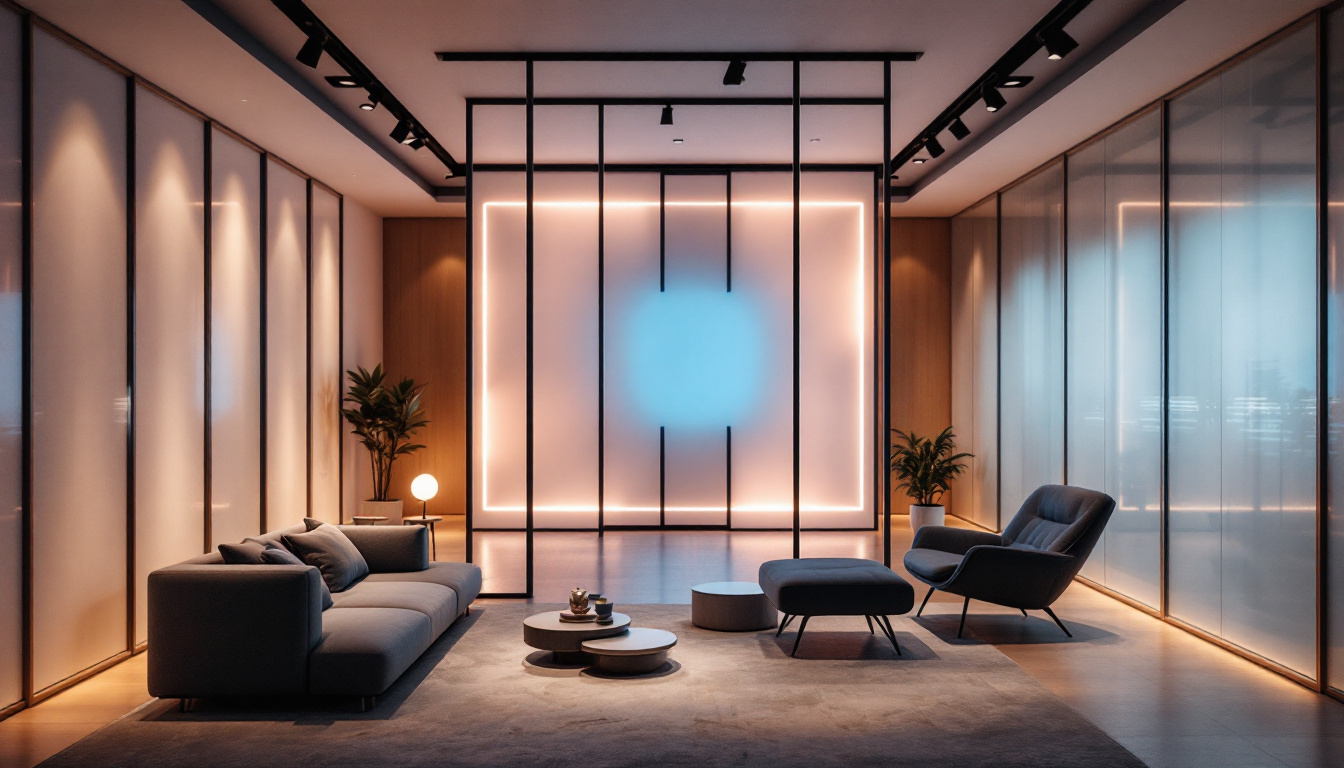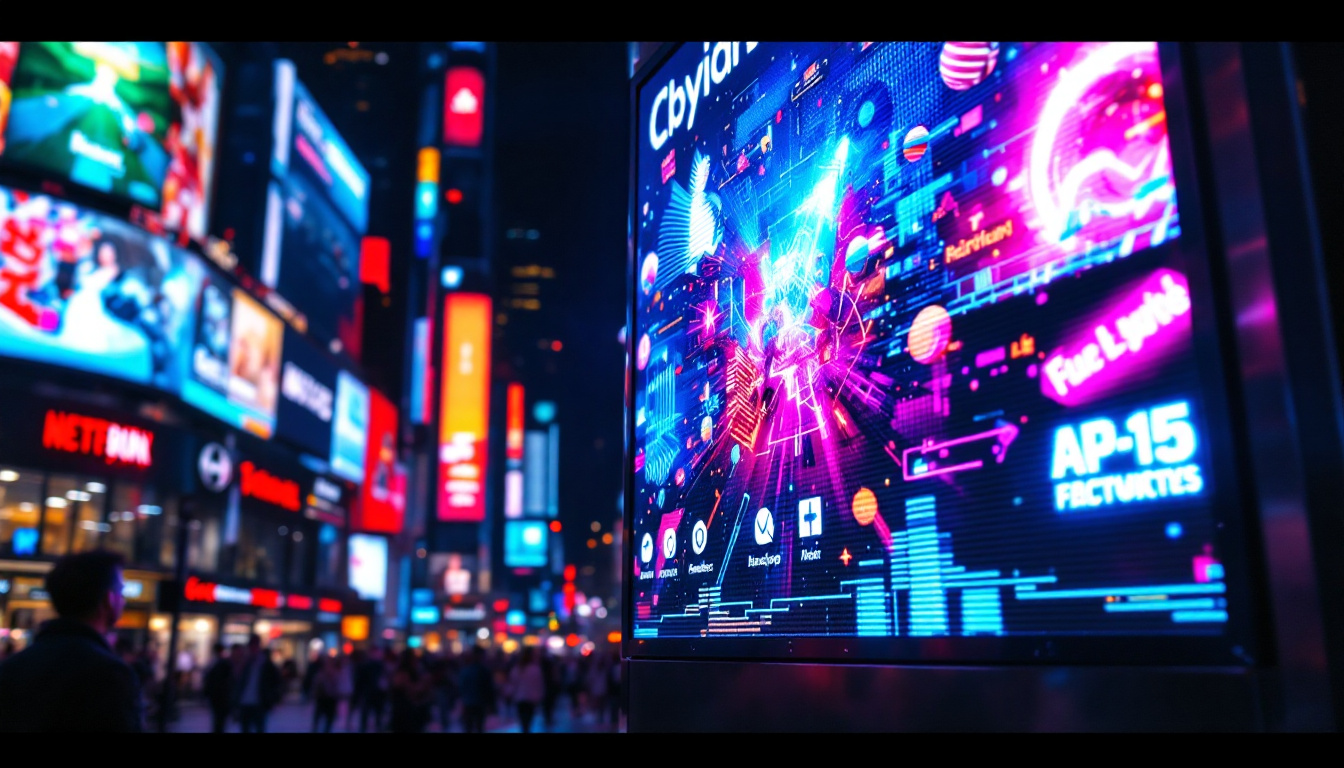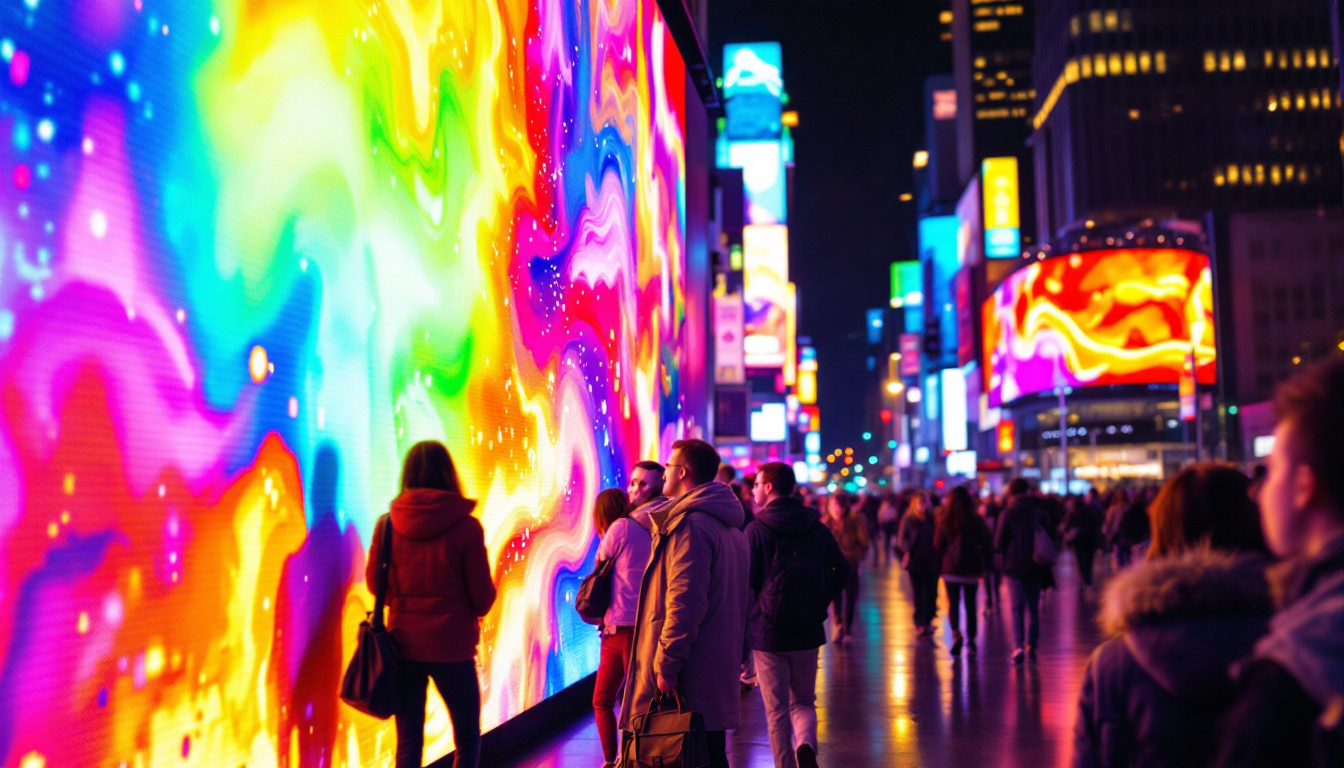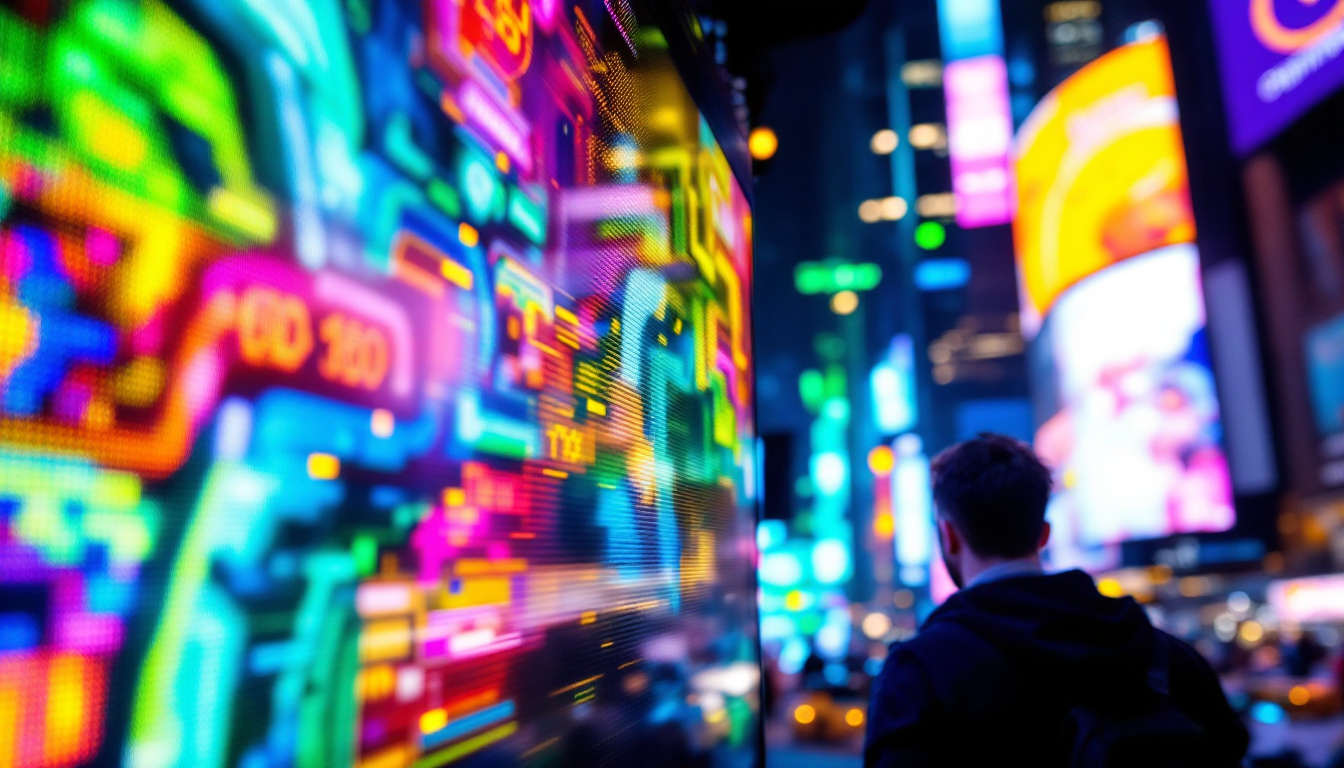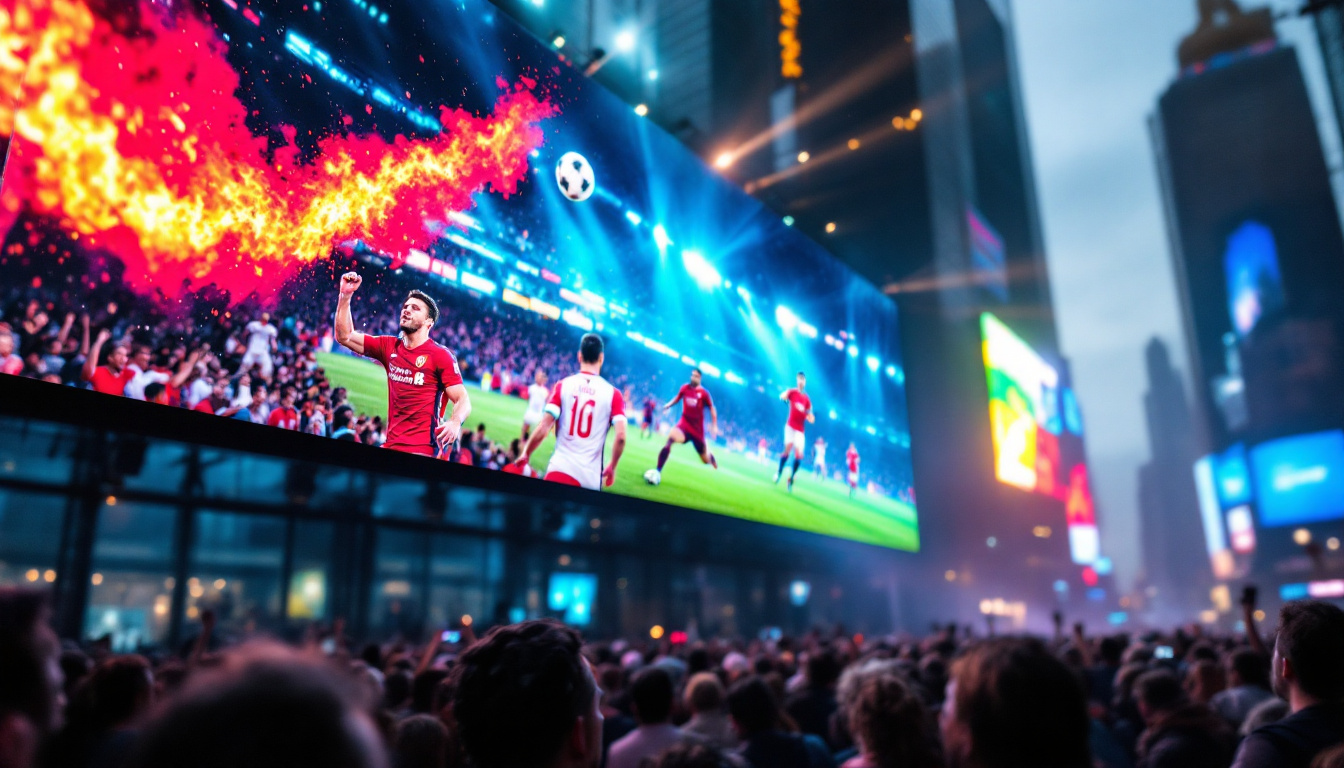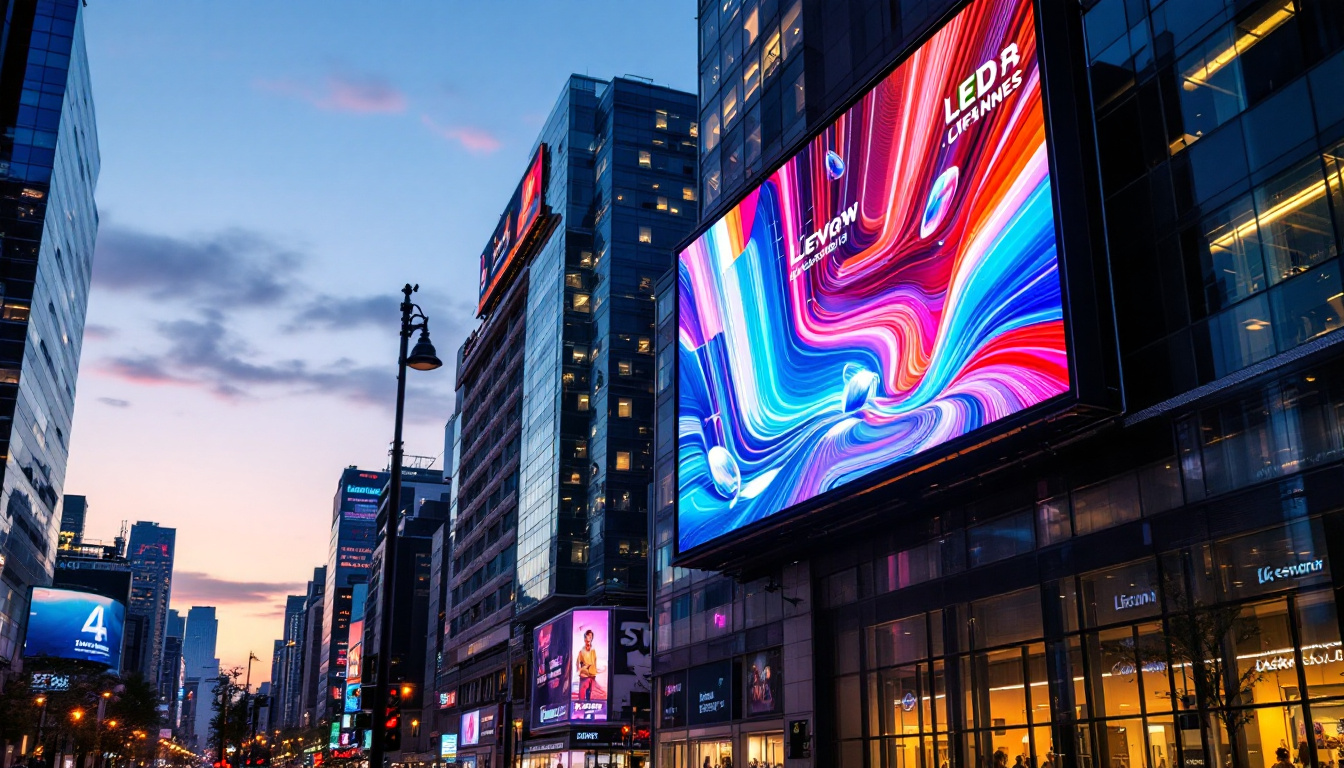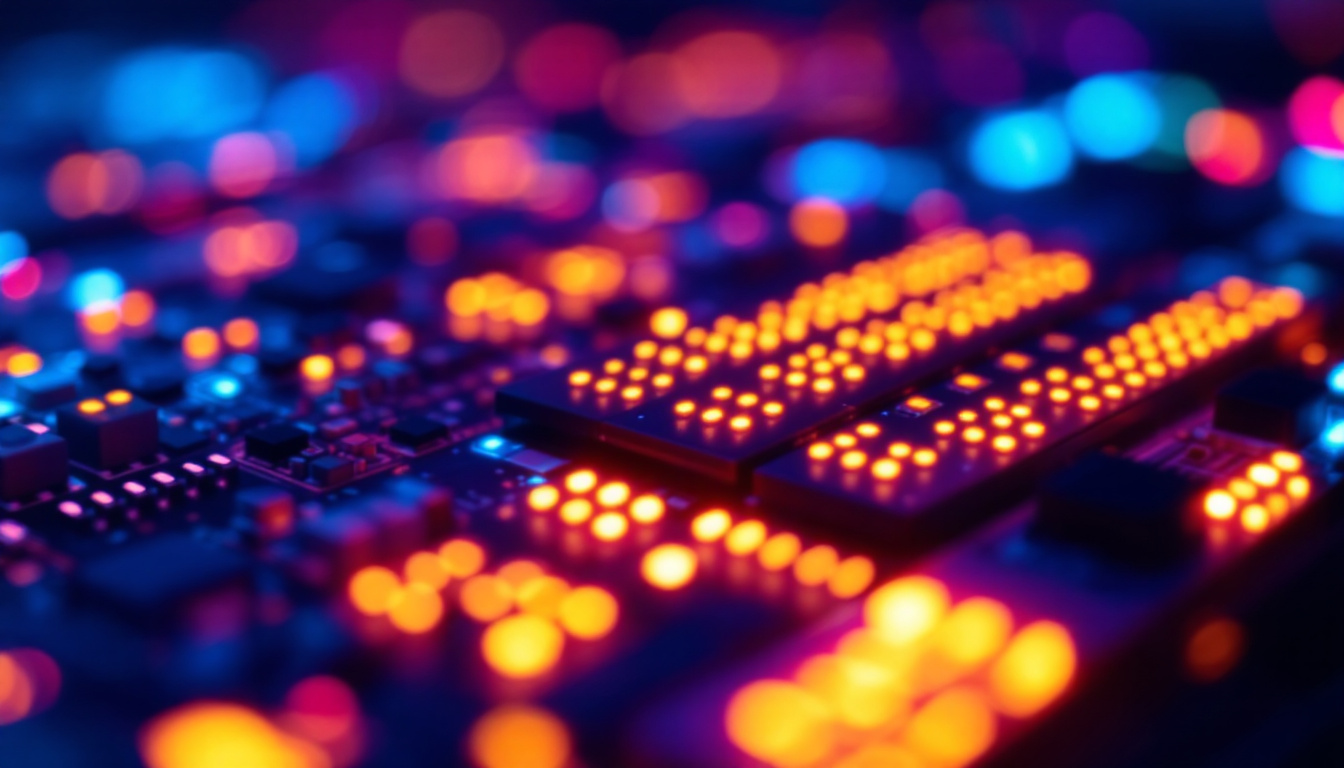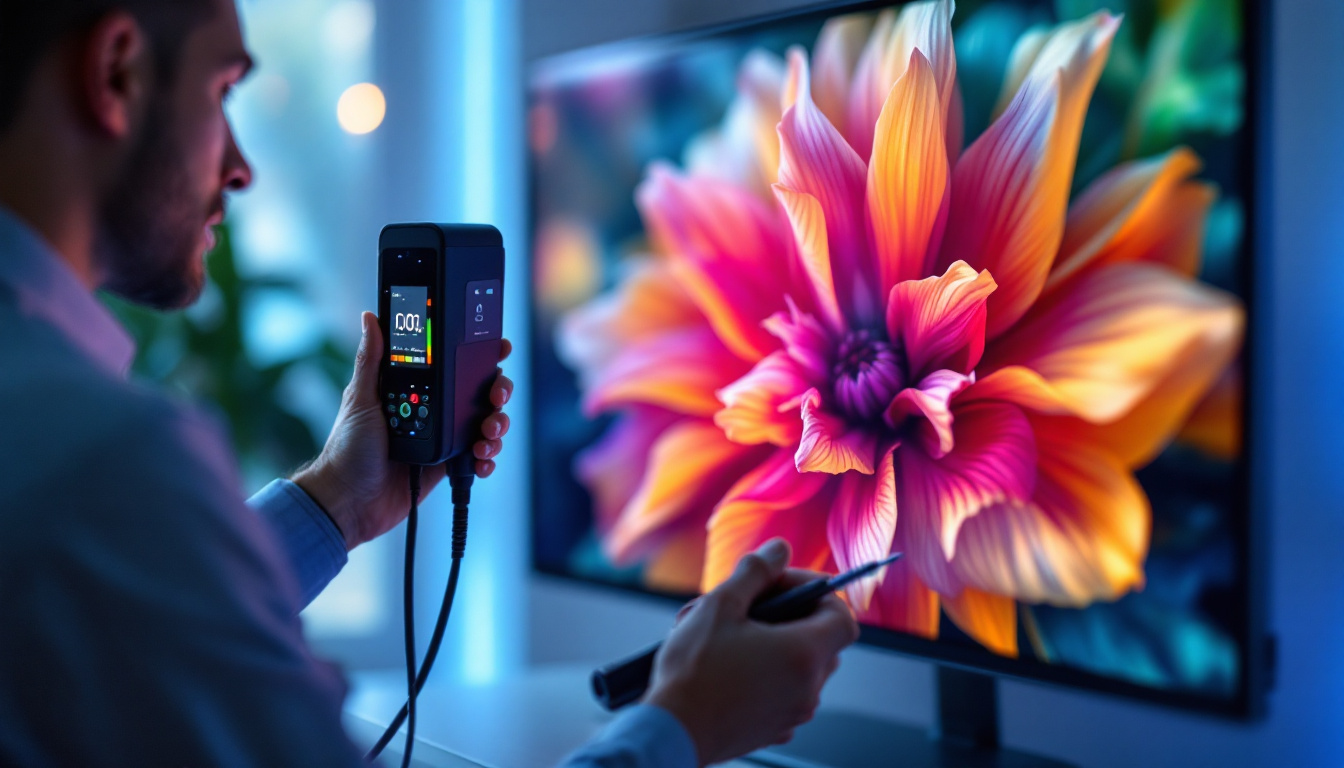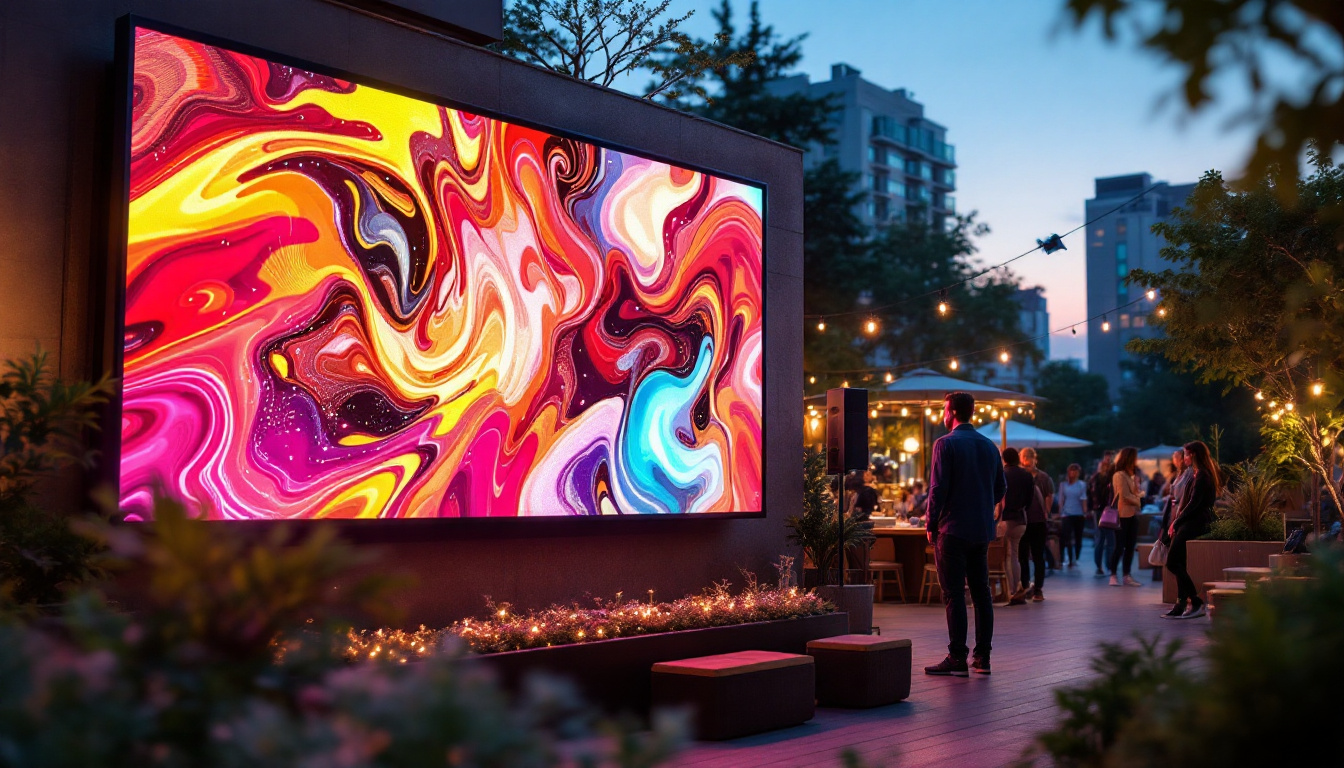In the world of visual communication, LED displays have emerged as a dominant force, transforming how businesses convey information and engage with their audiences. From advertising billboards to indoor screens in retail spaces, LED technology offers unparalleled versatility, brightness, and energy efficiency. This article delves into the intricacies of LED displays, exploring their components, types, applications, and the future of this technology in commercial settings.
Understanding LED Technology
LED, or Light Emitting Diode, is a semiconductor device that emits light when an electric current passes through it. This technology has revolutionized display systems, offering numerous advantages over traditional display methods such as LCD and CRT. The basic principle behind LED displays involves the use of multiple diodes that can produce various colors when illuminated. The compact size and efficiency of LEDs have made them a preferred choice in a variety of applications, from simple indicator lights to complex display systems.
How LED Displays Work
LED displays operate by combining red, green, and blue (RGB) diodes to create a full spectrum of colors. Each pixel on an LED screen is made up of these three colors, and by adjusting their intensity, a wide array of colors can be produced. This RGB combination allows for vibrant images and videos, making LED displays particularly appealing for advertising and entertainment. Furthermore, the rapid response time of LEDs enables them to display dynamic content without motion blur, enhancing the viewer’s experience during fast-paced scenes or transitions.
Additionally, the brightness of LED displays is a significant advantage. Unlike traditional screens, which may struggle in bright environments, LED technology excels in outdoor settings, ensuring that content remains visible even in direct sunlight. This feature is particularly beneficial for commercial applications where visibility is paramount. Moreover, the energy efficiency of LED technology contributes to lower operational costs, making it an environmentally friendly option as well. The longevity of LED lights, often lasting tens of thousands of hours, further solidifies their appeal in both residential and commercial markets.
Types of LED Displays
There are several types of LED displays, each designed for specific applications. The most common types include:
- Direct View LED (DVLED): These displays consist of individual LED modules that are assembled to form a larger screen. They are often used for large outdoor billboards and digital signage. The modular nature of DVLED allows for easy repairs and upgrades, making them a cost-effective solution for advertisers.
- LED-backlit LCD: This type combines LCD technology with LED backlighting. It is commonly found in televisions and computer monitors, providing enhanced brightness and color accuracy. The use of LED backlighting also allows for thinner panel designs, which are increasingly favored in modern electronics.
- Organic LED (OLED): OLED displays use organic compounds to produce light, allowing for thinner screens and better contrast ratios. They are increasingly popular in high-end televisions and smartphones. The ability of OLEDs to achieve true blacks by turning off individual pixels results in stunning image quality that is difficult to replicate with traditional LED technologies.
Another emerging type of LED technology is MicroLED, which utilizes microscopic LEDs to create displays with exceptional brightness and color fidelity. MicroLED displays promise to combine the best aspects of OLED and traditional LED technologies, offering high resolution and energy efficiency while eliminating issues such as burn-in. As the technology matures, it is expected to play a significant role in the future of display innovations.
Applications of LED Displays
LED displays are versatile and can be found in various commercial applications. Their ability to deliver high-quality visuals makes them ideal for numerous sectors, including retail, entertainment, transportation, and corporate environments.
Retail and Advertising
In the retail sector, LED displays are used for dynamic advertising, product promotions, and wayfinding. Retailers utilize these screens to capture customer attention, showcase new products, and convey brand messages. The ability to change content quickly and easily allows businesses to adapt their marketing strategies in real-time, enhancing customer engagement.
Outdoor LED billboards have also gained popularity due to their high visibility and ability to reach a large audience. These displays can showcase video content, animations, and vibrant graphics, making them an effective tool for advertisers looking to make a lasting impression.
Entertainment and Events
In the entertainment industry, LED displays play a crucial role in concerts, sports events, and exhibitions. Large LED screens are often used as backdrops for live performances, providing an immersive experience for the audience. They can display live feeds, animations, and graphics that enhance the overall atmosphere of the event.
Furthermore, LED technology is increasingly being integrated into stage designs, allowing for creative and dynamic presentations. This flexibility enables event organizers to create visually stunning experiences that captivate audiences.
Transportation and Public Information
LED displays are also widely used in transportation systems for displaying real-time information. Airports, train stations, and bus terminals utilize LED screens to provide passengers with crucial updates on schedules, delays, and other important announcements. The clarity and brightness of LED technology ensure that information is easily readable from a distance.
Moreover, LED displays are employed in traffic management systems to convey information about road conditions, accidents, and other alerts to drivers. This application not only enhances safety but also contributes to more efficient traffic flow.
Advantages of LED Displays
The adoption of LED displays in commercial settings is driven by several key advantages that set them apart from traditional display technologies.
Energy Efficiency
One of the most significant benefits of LED displays is their energy efficiency. Compared to traditional lighting technologies, LED screens consume significantly less power, making them an environmentally friendly option. This reduced energy consumption translates to lower operational costs for businesses, which is particularly important for large-scale installations.
Additionally, LED displays have a longer lifespan than traditional screens, further contributing to their cost-effectiveness. With proper maintenance, LED displays can last for tens of thousands of hours, reducing the need for frequent replacements.
High Brightness and Visibility
LED displays are known for their exceptional brightness levels, making them suitable for both indoor and outdoor applications. The ability to maintain visibility in various lighting conditions is crucial for commercial displays, especially those used for advertising or public information.
This high brightness not only enhances visibility but also improves color accuracy and contrast, resulting in more vibrant and engaging visuals. As a result, businesses can effectively capture the attention of their target audience, leading to increased engagement and sales.
Flexibility and Customization
LED displays offer remarkable flexibility in terms of size, shape, and configuration. They can be customized to fit a wide range of applications, from large outdoor billboards to small indoor screens. This adaptability allows businesses to create unique visual experiences tailored to their specific needs.
Moreover, advancements in technology have led to the development of curved and transparent LED displays, further expanding the possibilities for creative installations. This level of customization enables brands to stand out in a crowded marketplace and convey their messages in innovative ways.
Challenges and Considerations
While LED displays offer numerous advantages, there are also challenges and considerations that businesses should keep in mind when integrating this technology into their operations.
Initial Costs
The initial investment for LED displays can be relatively high compared to traditional display technologies. While the long-term savings in energy costs and maintenance can offset these expenses, businesses must carefully evaluate their budgets and projected return on investment before making a purchase.
It is essential to consider the total cost of ownership, which includes installation, maintenance, and potential upgrades. By conducting a thorough cost analysis, businesses can make informed decisions that align with their financial goals.
Technical Expertise
Implementing LED technology may require specialized technical expertise, especially for larger installations. Businesses may need to hire professionals for installation, programming, and maintenance to ensure optimal performance. This requirement can add to the overall cost and complexity of the project.
Furthermore, as technology continues to evolve, ongoing training may be necessary to keep staff updated on the latest advancements and best practices in LED display management.
Content Management
Effective content management is crucial for maximizing the impact of LED displays. Businesses must develop a strategy for creating, scheduling, and updating content to ensure that it remains relevant and engaging. This process may involve using content management systems (CMS) that allow for easy updates and scheduling.
Additionally, businesses should consider the design and layout of content to ensure that it is visually appealing and easy to read. Poorly designed content can detract from the overall effectiveness of the display, potentially leading to decreased engagement.
The Future of LED Displays
The future of LED displays looks promising, with ongoing advancements in technology and applications. As the demand for high-quality visual experiences continues to grow, businesses are likely to explore new ways to leverage LED technology for communication and engagement.
Emerging Technologies
Innovations such as microLED and MiniLED technologies are set to revolutionize the display landscape. These technologies offer even higher resolutions, improved color accuracy, and greater energy efficiency. As these advancements become more accessible, businesses will have the opportunity to create even more stunning visual experiences.
Additionally, the integration of artificial intelligence (AI) and machine learning into content management systems will enable businesses to deliver personalized content based on audience preferences and behaviors. This level of customization will enhance engagement and drive better results for marketing campaigns.
Integration with Augmented and Virtual Reality
The convergence of LED displays with augmented reality (AR) and virtual reality (VR) technologies presents exciting possibilities for immersive experiences. Businesses can create interactive displays that engage customers in new and innovative ways, blurring the lines between the physical and digital worlds.
As AR and VR technologies continue to evolve, the potential for integrating LED displays into these experiences will likely become more prevalent, offering businesses unique opportunities for storytelling and brand engagement.
Conclusion
LED displays have become an essential component of modern commercial communication, offering a powerful medium for engaging audiences and conveying messages. Their versatility, energy efficiency, and high visibility make them an attractive option for businesses across various sectors.
While challenges such as initial costs and technical expertise exist, the benefits of LED technology far outweigh these considerations. As advancements continue to shape the future of LED displays, businesses that embrace this technology will be well-positioned to stand out in an increasingly competitive landscape.
In summary, understanding the intricacies of LED displays and their applications is crucial for businesses looking to enhance their visual communication strategies. By leveraging the power of LED technology, organizations can create impactful experiences that resonate with their audiences and drive success.
Discover LumenMatrix LED Display Solutions
Ready to elevate your visual communication strategy with the latest in LED display technology? Look no further than LumenMatrix, a pioneer in crafting immersive and dynamic LED display modules for every application. Whether you’re interested in transforming your retail space, captivating event-goers, or making a bold statement with outdoor advertising, LumenMatrix has a solution tailored to your needs. From Indoor and Outdoor LED Walls to innovative Transparent Displays, our products are designed to captivate your audience and amplify your message. Check out LumenMatrix LED Display Solutions today and experience the future of visual engagement.

